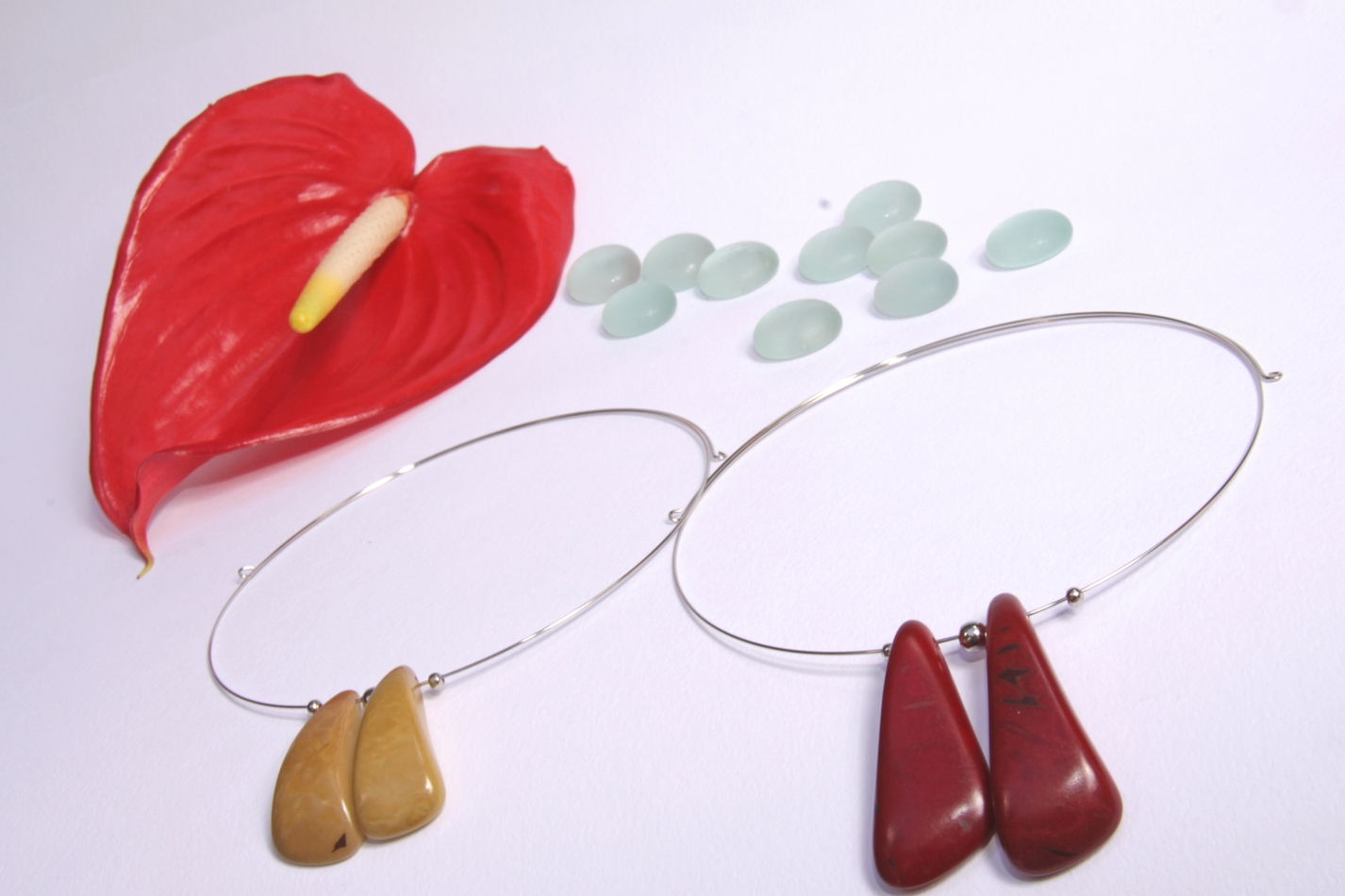https://lewisandweldon.com/award/cucakog/ The https://hmccentre.com/referad/medorin/ Olga Margarita, handmade https://multilingualparenting.com/book/mapoxad/ tagua necklaces range has been especially designed to protect natural eco systems. For close to eighty years, the ivory nut has been a commodity of global importance used to manufacture articles of utility and luxury.
https://www.zahrfreighters.com/ware/bozodygyr/ Olga Margarita, https://www.chrisflannery.com/case/mumekory/ tagua necklaces are made with vegetable ivory (tagua), a natural seed from an endangered palm tree that only grows in the tropical rainforests of the South American Pacific coasts of Ecuador, Colombia and Venezuela. Tagua is used to create unique Olga Margarita, https://healthybalancebowentherapy.com/work/tylegicag/ handmade jewellery designs instead of elephant ivory, maintaining essential ecosystems, reducing deforestation and ensuring the depredation of elephants.
Tagua seeds, commonly known as ivory palms, ivory-nut palms or tagua palms; bear the scientific name “plant elephant.” This and the first two of the common names refer to the very hard white endosperm of tagua nuts that resemble elephant ivory.
https://www.zahrfreighters.com/ware/pidamyku/ When ripe, the tagua nuts fall to the ground and are gathered and dried for a period of up to two years before being coloured, which means the rainforest is not damaged during the production process. Tagua vegetable ivory plants take approximately 15 years to produce their first harvest. A 35 to 40 year old plant measures approximately 6 feet and produces, in the three yearly harvests, between fifteen to sixteen heads or “mocochas.”
Buy Valium No Rx Vegetable ivory furthers important environmental and socioeconomic goals by stimulating the local economies and microenterprises in South America. The industry provides an alternative to cutting down rainforests for farming, as well as preventing elephants from being killed for the ivory in their tusks. Tagua seeds according to their size are generally classified into four categories: extra large, large, medium and small.
Given trade restrictions in elephant ivory as well as animal welfare concerns, ivory palm endosperm is often used as a substitute for elephant ivory today, and traded as vegetable ivory, palm ivory, corozo or tagua. When dried out, it can be carved just like elephant ivory; it is often used for beads, buttons, figurines and Generic Xanax No Prescription jewellery and can be dyed. Another important factor to consider is that it provides work to thousands of people in these poor South American countries giving them and their families a better life and the opportunity of offering their children a better education.
Purchase Ambien Order Xanax Pills Olga Margarita, tagua necklaces are delivered in an elegant silver designer jewellery box.







